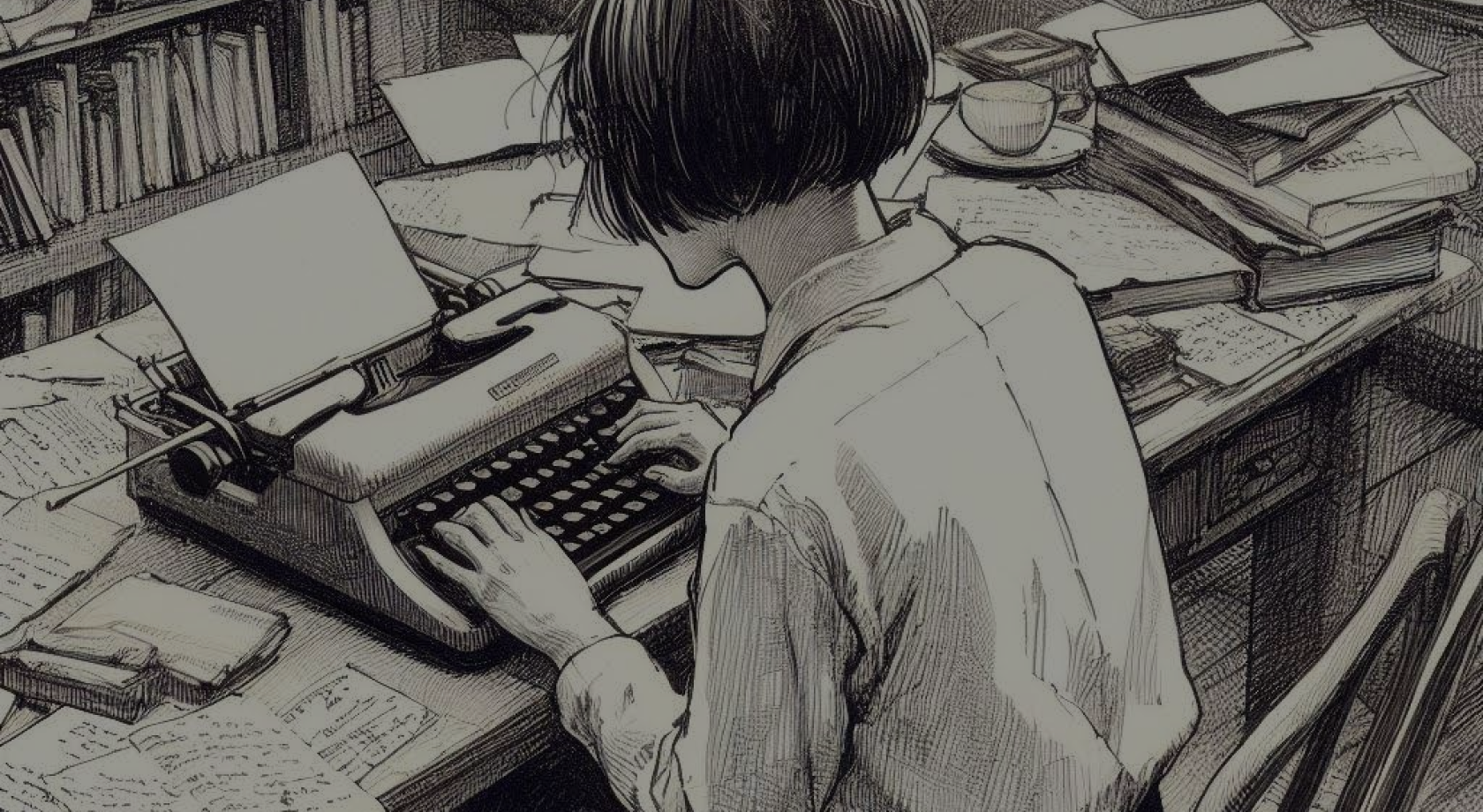The curious history of placebo
Today, the use of placebo is essential to evaluate the efficacy of any new drug developed by the pharmaceutical industry. However, the origins of its use date back to the end of the 16th century, when a commission of doctors and priests was called in by King Henry IV to elucidate the veracity of a case of demonic possession that threatened the political stability of the French empire.

Placebo is any substance with no pharmacological effect, which has no physical effect on the patient, such as the lactose, sugar or flour tablets given to a subgroup of patients during controlled drug trials. Their use aims to assess the difference in efficacy between the two groups tested: those treated with placebo and those given the new medicinal substance. However, although these pills have no physical effect, they can have an important psychosomatic effect.
During the Second World War, at a time when there was a great shortage of resources to treat the wounded on the battlefield, a doctor named Dr. Beecher observed that the percentage of patients requesting pain medication was lower than that observed among civilians in peacetime. He then decided to treat some of the wounded by injecting a saline solution instead of morphine. He observed that 40% of these patients who received the saline solution reported pain relief, which was attributed to the psychosomatic effect.
Observations of the psychosomatic effect were first reported at the end of the 16th century. At that time, the political balance of the French monarchy was deeply shaken by disputes between the Catholic Church and the Protestant Church. In an effort to calm tensions, King Henry IV decided to convert to Catholicism and became an important leader during the country's Wars of Religion. He coined the famous phrase “Paris vaut bien une messe” (“Paris is well worth a mass”).
The public attention paid to Marthe Brossier, a young Catholic woman who claimed to be possessed by the devil, further exacerbated tempers during this religious dispute. She traveled from village to village, attracting large audiences to her public exorcism sessions. During these sessions she displayed shocking behavior that included violent convulsions, speaking in strange tongues and insulting religious figures, and accusing Protestants of belonging to Satan.
Suspicious of the veracity of Marthe's seizures, the king ordered that a commission of doctors and clergymen be formed to assess whether she was really possessed by the devil, or whether she was just pretending. During the 40 days she was examined, she was exposed to a series of genuine and counterfeit religious objects. They were based on the premise that the devil cannot stand contact with genuine religious objects, which cause him severe pain and force him to leave the body of the possessed person. However, on the occasions when Marthe was presented with bottles containing tap water instead of holy water, and pieces of bread instead of consecrated hosts, she reacted just as violently as when presented with consecrated objects.
The definitive test was carried out by the Bishop when he used an ordinary iron key wrapped in taffeta claiming it was a piece of the cross on which Christ had been crucified. As he began the exorcism session by praying in Latin “Arma, virumque cano”, she fell to the ground and began to convulse wildly. The bishop, however, had used a cunning trick. He had begun the exorcism with the first Latin verse of Virgil's epic poem Aeneid. In this way, the commission proved that Marthe's reactions depended on what Marthe believed, and not on reality. This investigation helped to reinforce the more rational and scientific stance that was beginning to emerge in France, combined with a growing skepticism about supernatural phenomena.
In fact, the line between the real and the imaginary is much thinner than we would like to believe. How many times have we, like Marthe, fallen victim to our beliefs? We fall ill due to emotional crises and entrust our healing to miracles packaged by misleading advertising. If a simple placebo can move mountains within us, what about what we can achieve with the sincere faith that tomorrow will be better?
Translated with DeepL.com (free version)
Voltar
